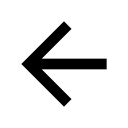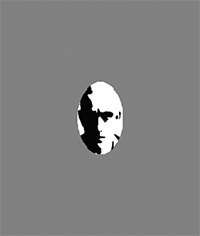
From Louie et al. (Journal of Vision, 2007). In this study, we investigated whether crowding could occur selectively among upright faces. We found that subjects' performance was worse when a target face was surrounded by upright flanker faces than when the target face was surrounded by inverted flanker faces or no faces at all. These results demonstrate that in addition to low-level featural crowding, crowding can occur selectively between high-level (configural) representations of faces, suggesting that crowding may occur at multiple stages in the visual system.
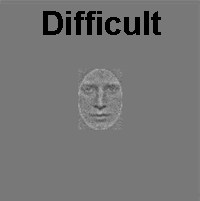
From Louie et al. (Journal of Vision, 2007). In this study, we investigated whether crowding could occur selectively among upright faces. We found that subjects' performance was worse when a target face was surrounded by upright flanker faces than when the target face was surrounded by inverted flanker faces or no faces at all. These results demonstrate that in addition to low-level featural crowding, crowding can occur selectively between high-level (configural) representations of faces, suggesting that crowding may occur at multiple stages in the visual system.
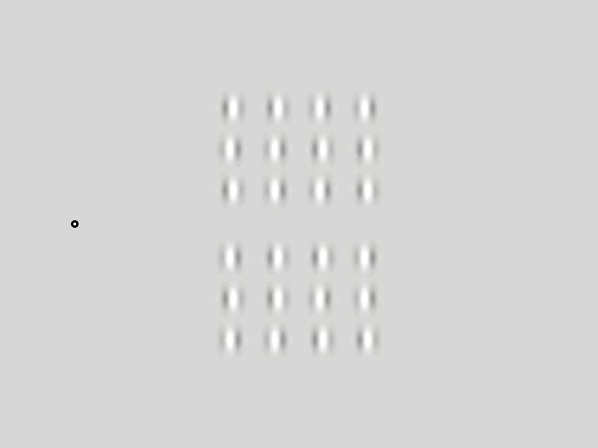
From Whitney (Current Biology, 2005). Position shifts following crowded motion adaptation - fixate on the bull's-eye on the left of the screen and notice the array of drifting patches in your periphery. While fixating, if you try to judge the direction of motion in the patch that is three from the left and two from the top of the array, you'll find it extremely difficult. Continue fixation on the bull's eye and notice that the two single patches, presented during the test period, look misaligned (and may appear to move). Those two test patches are physically static and physically aligned. The illusory misalignment is caused by motion adaptation that was crowded out of your awareness. Observers are not able to distinguish the direction of motion in the central patches, but the exposure to that motion influences subsequent judgments of object location. This demonstrates that the visual system's passive motion detection mechanisms influence the coding of object location.
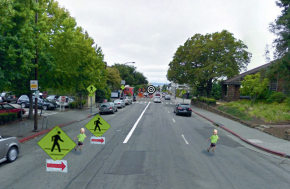
From Whitney and Levi (Trends in Cognitive Science, 2011). Visual crowding - the deleterious effect of clutter on peripheral object recognition - is ubiquitous in natural scenes. Visual crowding seriously impacts virtually all everyday tasks, including reading, driving, and interacting with the environment. For example, when fixating on the bull's eye near the construction zone, note that it is difficult or impossible to recognize the child on the left-hand side of the road, simply because of the presence of the nearby signs. Conversely, it is relatively easy to recognize the child on the right-hand side.

When fixating on the crosses along the bottom, notice that the target orientation (central Gabor patch in each column) is easier to recognize on the right. The graph shows the trend of increasing performance accuracy as the target-flank separation increases. Bouma's constant, b, is defined as the target-flank separation.



Whitney and Levi (Trends in Cognitive Science, 2011): Crowding can be modulated or released depending on the
nature of the flankers and the target-flanker relationship.
For example, in upper section of this image, we can see that reversing the contrast polarity of the target (left panel) reduces crowding compared to the right panel.
In the middle section, we can see that reversing the contrast polarity of the target (left panel) reduces crowding compared to the right panel.
In the lower section, we see that perceptual grouping of the flankers on the left reduces crowding, whereas the crowding effect is stronger on the right.
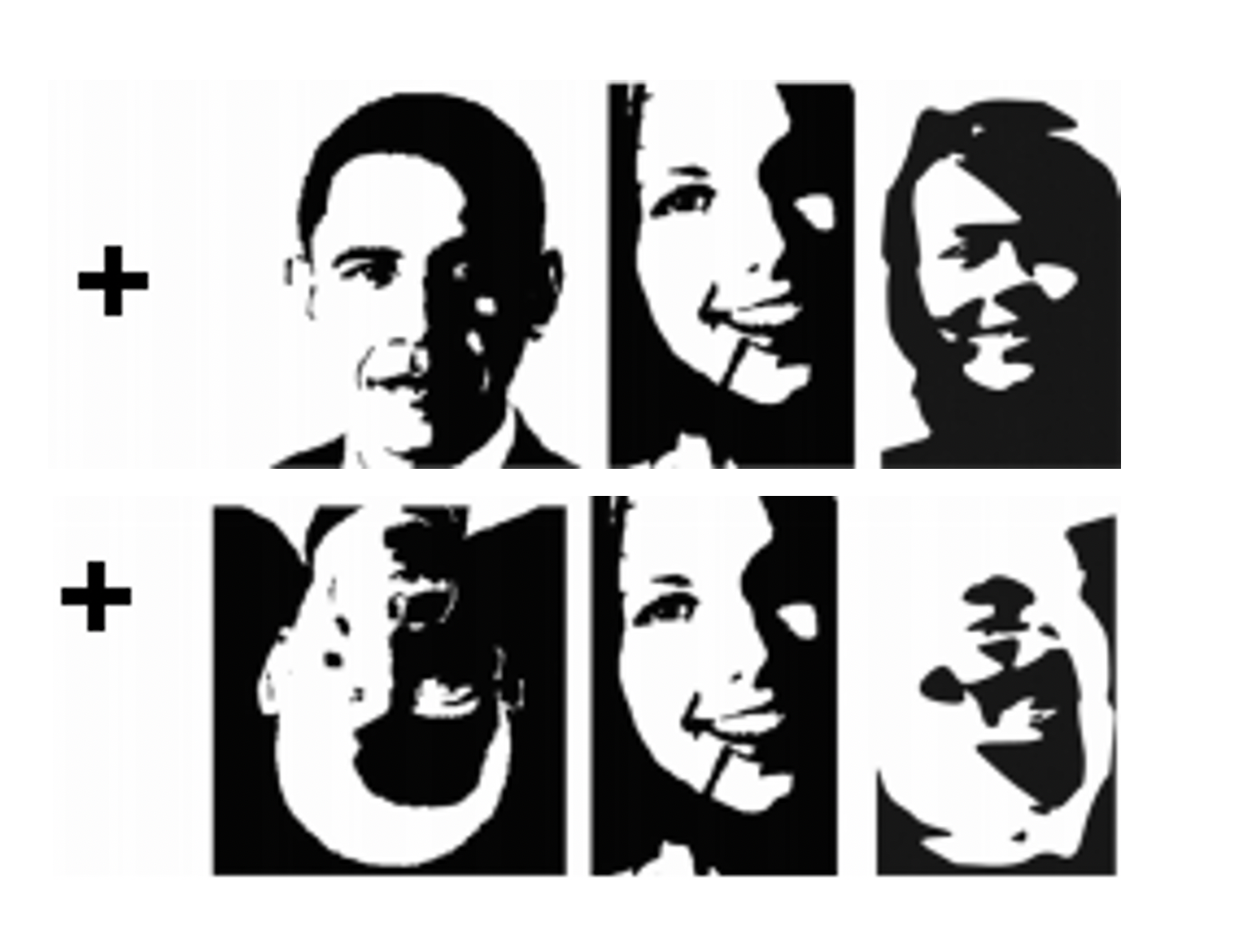
From Whitney and Levi (Trends in Cognitive Science, 2011): These images demonstrate the object-centered holistic nature of crowding.
Not only do faces crowd each other, but upright faces are also more effective flankers
than inverted ones. The crowding effect is stronger in the top set of faces than in the bottom set. Crowding therefore occurs not just between features (Gabor
patches, letters), but also between holistic representations of faces.
Not only do faces crowd each other, but upright faces are also more effective flankers than inverted ones. The crowding effect is stronger in the top set of faces than in the bottom set. Crowding therefore occurs not just between features (Gabor patches, letters), but also between holistic representations of faces.
